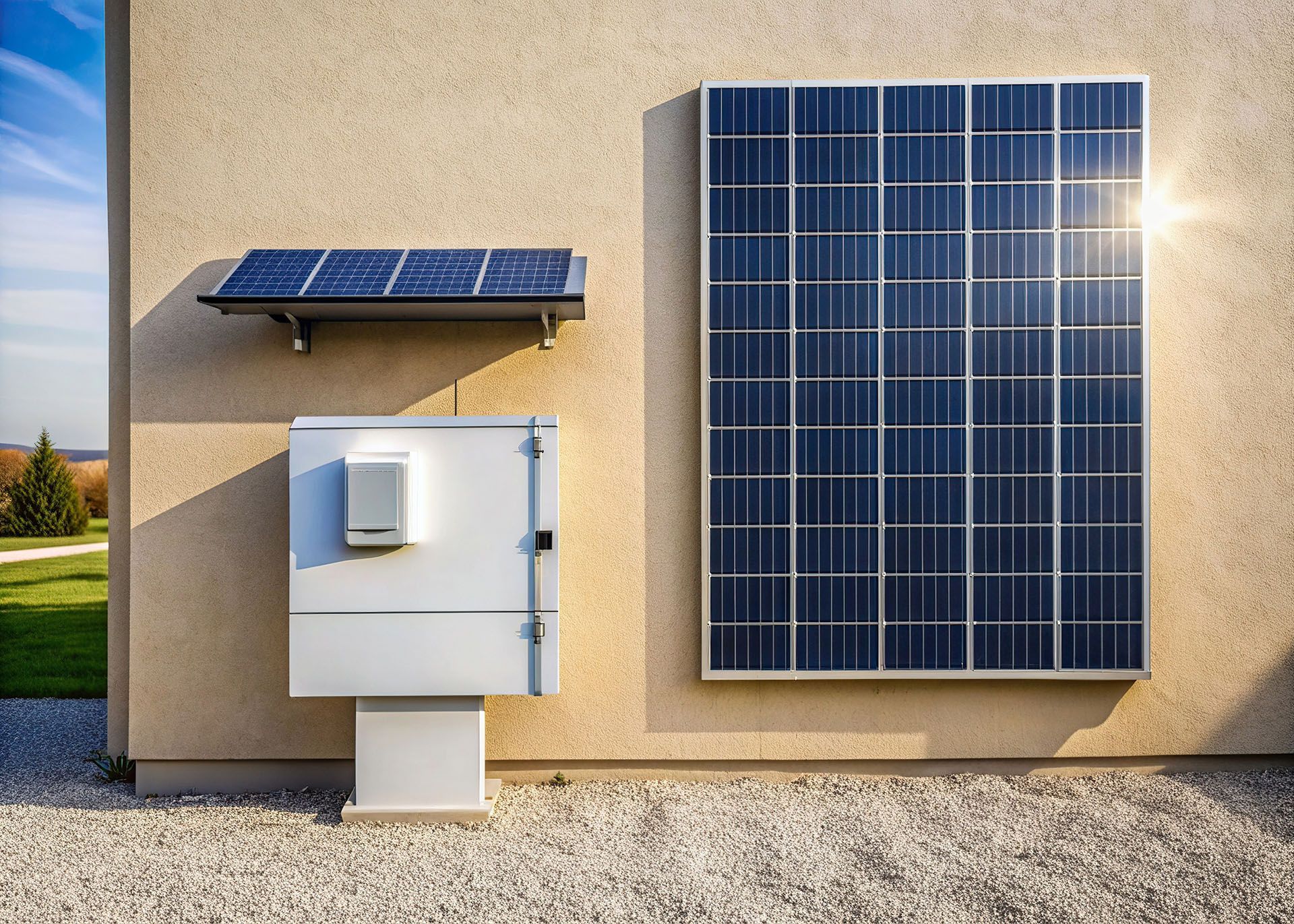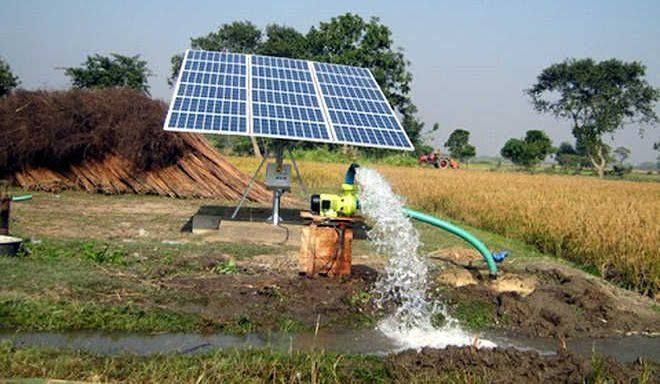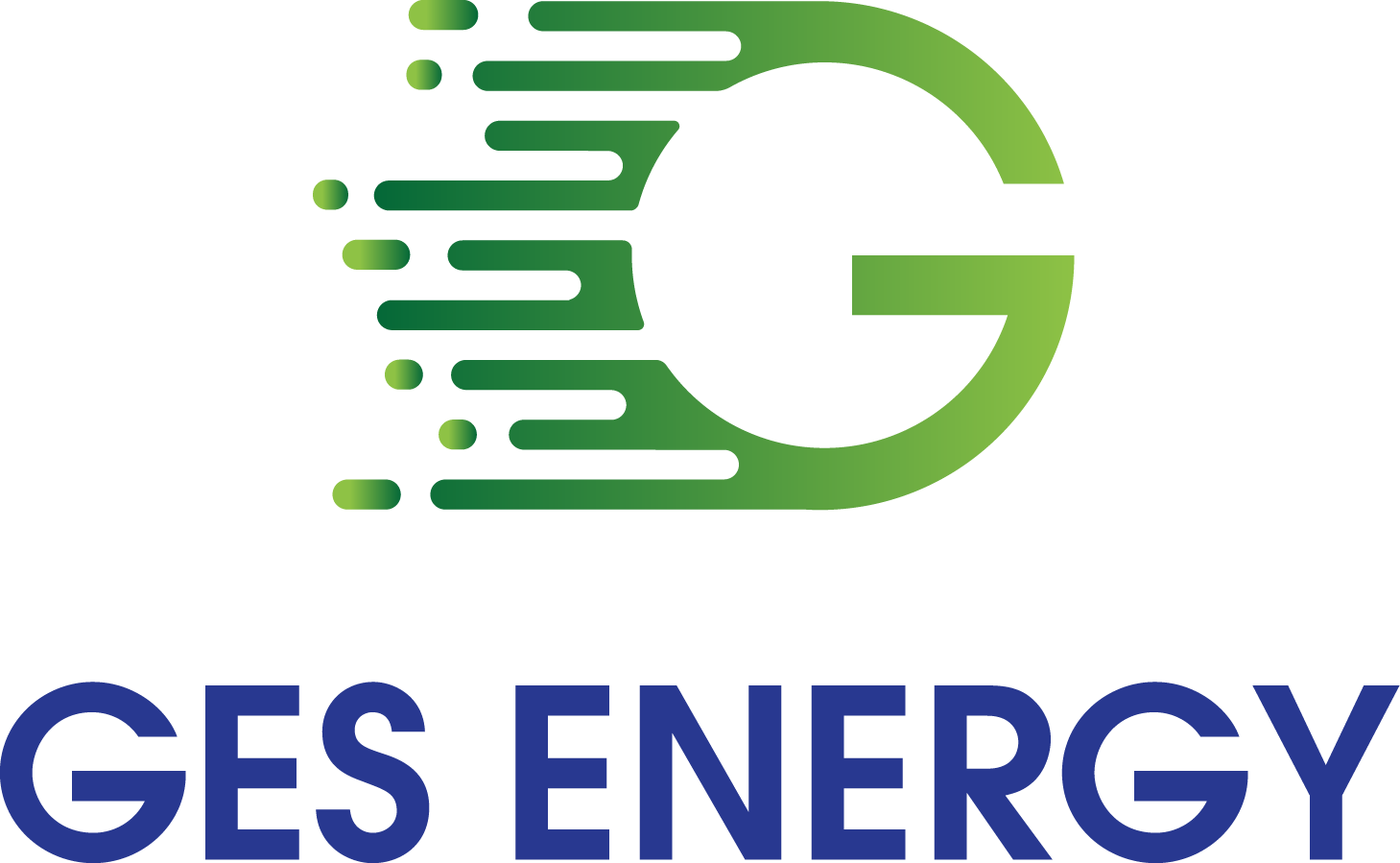Have A Question?
How Solar Net Metering Can Save You Money
If you're from Australia and your state offers net metering, solar energy is a great option. Learn why in this blog post.
Solar net metering is a billing practise that utilities use to encourage residential solar panel adoption by their customers. Because solar panels produce excess energy during the day but not at night, the cost of installing a standalone solar system is much higher than average.
Utilities that implement net metering policies are allowing customers to offset their monthly utility bill with excess solar energy production instead of selling it back to the grid at a lower rate. This article covers everything you need to know about net metering solar and why it matters as more and more utilities offer it as an option for their customers.
What is net metering?
Net metering is a billing arrangement between you and your solar electricity retailer. When you have solar PV panels installed on your roof, net metering allows you to export any excess electricity that your system produces back into the grid, and receive a credit for it on your next power bill.
In most cases, this credit will offset the cost of any electricity that you need to import from the grid at night or during periods of low solar output (i.e., cloudy days). This effectively means that you can use the grid as a "battery" and only pay for the ‘net’ amount of electricity that you use each month.
If your system produces more electricity than you need over a 12-month period, your electricity retailer will pay you for the excess at the ‘feed-in tariff’ rate.
How does net metering work?
In order to take advantage of net metering solar, you will need to have a ‘grid-connected’ solar PV system installed. This type of system is different to an "off-grid" or "stand-alone" system, as it is designed to work in conjunction with the electricity grid.
A grid-connected solar PV system consists of:
Solar panels: these capture the sun’s energy and convert it into DC (direct current) electricity.
An inverter: this converts the DC electricity from your solar panels into AC (alternating current) electricity, which is compatible with the grid.
A metre: this monitors how much electricity your system is producing, and how much you are exporting back into the grid.
In most cases, the inverter and electricity meter will be installed by your solar PV installer. The solar panels will then be connected to the inverter, and the inverter will be connected to your home’s switchboard.
Your electricity retailer will also need to install a ‘net meter’ at your premises. This is a special type of meter that can measure both the electricity that you import from the grid and the electricity that you export back into it.
The net metre will record two separate readings:
Import: this is the amount of all the solar electricity that you have drawn from the grid (ie. used) in a given period
Export: this is the amount of excess electricity that your system has produced, and that you have exported back into the grid
At the end of each billing period, your electricity retailer will calculate your "net" energy consumption for that period. This is simply the difference between your import and export readings. If you have exported more electricity than you have imported (i.e., your system has produced more electricity than you have used), then you will receive a credit on your bill for the excess amount.
Alternatively, if you have imported more electricity than you have exported (i.e., your system has not produced enough electricity to meet your needs), then you will be charged for the deficit amount.
In most cases, the net metering credit will offset the cost of any deficit usage, effectively meaning that you only pay for the "net" amount of electricity that you use each month.
Types of Solar Net Metering Agreements
There are two types of solar net metering agreements in Australia, here's the difference between net and gross metering:
Gross Metering
This is the original type of net metering arrangement and is still offered by some electricity retailers. Gross Metering is when all the solar electricity generated is exported into the grid. With gross metering, you will receive a credit on your bill for all of the excess electricity that your system produces, regardless of exactly how much electricity actually use.
Net Metering
This is the more common type of arrangement and is offered by most electricity retailers. With net metering, you will only receive a credit for the excess solar electricity that your system produces if you actually use it. If you don’t use it, then the excess solar electricity will be exported back into the grid.
Benefits of Net Metering
There are a number of benefits associated with net metering, including:
Reduced Carbon Footprint
Net metering can help to reduce your carbon footprint, as it encourages the use of solar power or renewable energy.
Power More Than One Building
If you have grid-connected solar power, you can use the excess electricity that it produces to power more than one building.
Reduced Electricity Bills
Net metering can help to reduce your electricity bills, as you will only be charged for the "net" amount of electricity that you use each month.
Net metering is a great way to save money on your electricity bills and reduce your
carbon footprint. If you’re thinking of installing solar power, make sure to ask your electricity retailer about their net metering arrangements.
Who can participate in net metering?
Most states and territories in Australia offer some form of net metering, below are the cities or states that offer Net Metering:
- Adelaide
- Alice Springs
- Blacktown
- Central Victoria
- Moreland
- Perth
- Townsville
If you’re thinking of installing a solar PV system, it’s important to check whether you’re eligible for net metering in your state or territory. You can find out more information from your local government or electricity retailer.
Share Your Energy
Start saving today by switching to solar power and net metering. You could save money on your electricity bills and do your bit to reduce your carbon footprint.
Solar power is a great renewable energy source that can help you save money and reduce your carbon footprint. If you’re thinking of installing a solar PV system, contact GES Energy. We can help you to find the best solar power system for your needs and budget.
Browse by Categories
Speak to one of our specialists
Speak to one of our specialists →I hope you enjoy reading this blog post.
Greentech Engineering Solutions (GES) helps residents, businesses and industry transform energy systems for a smarter, cleaner future. As an EPC Solar specialist we manage projects from concept to feasibility, finance, engineering, procurement, construction and beyond.
I hope you enjoy reading this blog post.
GES Energy helps residents, businesses and industry transform energy systems for a smarter, cleaner future. As an EPC Solar specialist we manage projects from concept to feasibility, finance, engineering, procurement, construction and beyond.






